- Size
- Smallest
- Small
- Small to Medium
- Medium
- Large
- Giant
- Characteristics
- Smartest
- Hypoallergenic
- Fluffy
- Best Guard
- Best Family
- Best for Kids
- Low Shedding
- Healthiest
- Police Dogs
- Most Calm
- Quietest
- Color
- White
- Black
- Grey
- Brown
- Blue
- Red
- Coat
- Hairless
- Short
- Long
- Origin
- Japan
- China
- Australia
- Germany
- Italy
- United States
- France
- Group
- Hound
- Terrier
- Herding
- Toy
- Working
- Sporting
Exploring 5 Common Reasons for Dog Growling Low
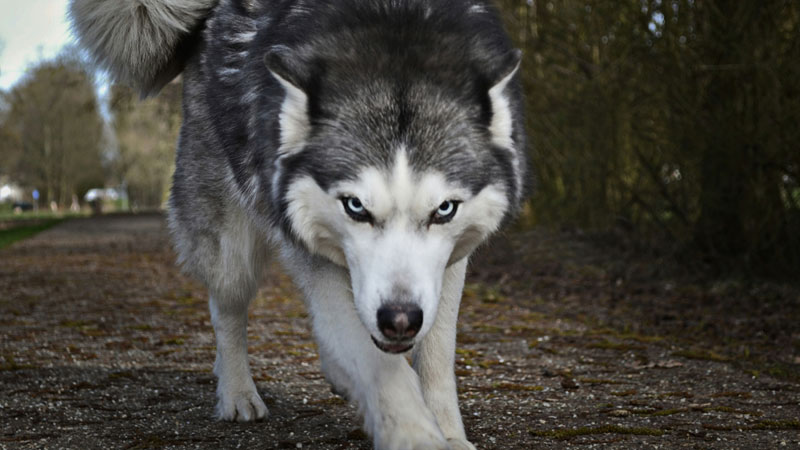
Photo by Jeroen Bosch on Unsplash
If your dog keeps growling low, you may be concerned about their behavior and wondering what it means. Growling is a natural and instinctive behavior in dogs that serves as a form of communication. While it's important to understand the underlying reasons for growling, it's crucial to approach the situation with caution and seek professional guidance if necessary.
Growling is a vocalization that dogs use to express their feelings and communicate their needs. It can indicate a range of emotions including fear, aggression, discomfort, or even playfulness. In this article, we will explore the various reasons why your dog may be growling low and provide insights into understanding and addressing this behavior.
1. Fear
One common reason for low growling in dogs is fear. When a dog feels threatened or scared, they may growl in an attempt to communicate their discomfort and give a warning to whoever or whatever is causing them fear. A low growl is often accompanied by other signs of fear or anxiety, such as a lowered body posture, tucked tail, erect fur along the spine, bared teeth, or a defensive stance.
If your dog is growling low out of fear, it's crucial to identify the trigger that is causing them distress. It could be a particular person, object, or situation. Respect your dog's boundaries and avoid forcing them into situations that make them anxious or scared. Working with a professional dog trainer or animal behaviorist can help you implement desensitization and counter-conditioning techniques to alleviate your dog's fear and reduce their growling behavior.
2. Aggression
Low growling can also be a sign of aggression in dogs. A dog may growl low to express dominance, establish boundaries, or defend their resources. Aggression can be directed towards humans, other animals, or even inanimate objects. It's crucial to pay attention to other accompanying signs of aggression, such as raised hackles, a stiff body posture, direct eye contact, snarling, or snapping.
If your dog's low growling is accompanied by signs of aggression, it's essential to prioritize safety and seek professional help from a certified dog trainer or animal behaviorist. Aggression in dogs can be complex and potentially dangerous, so it's important to address the issue promptly and effectively.
3. Discomfort or Pain
Sometimes, low growling in dogs can be a response to physical discomfort or pain. Dogs may growl to communicate that they are in pain or feeling uncomfortable. This can be particularly true if the discomfort is due to a specific area of their body being touched or manipulated.
If your dog growls when you touch a certain body part or during specific movements, it's crucial to have them examined by a veterinarian. The vet can rule out any underlying medical conditions and provide appropriate treatment for your dog's discomfort. Never try to diagnose or treat your dog's pain on your own, as it can potentially worsen the situation.
4. Resource Guarding
Low growling can also occur in dogs who are exhibiting resource guarding behavior. Resource guarding is when a dog protects their valuable possessions, such as food, toys, or certain areas of their territory. This is a natural instinctive behavior in dogs, but it can become problematic if the dog becomes defensive or aggressive when someone approaches their guarded resources.
If your dog growls low when you or someone else gets too close to their possessions or territory, it's important to address this behavior. Consultation with a professional dog trainer or behaviorist can help you implement positive reinforcement training techniques to modify your dog's guarding behavior and teach them to feel more comfortable and secure.
5. Playfulness
In some cases, low growling can be a sign of playfulness in dogs. Dogs may emit low growls as part of their play behavior, particularly during interactive play sessions with you or other dogs. This play growling is typically accompanied by a relaxed and happy body posture, a wagging tail, and a generally energetic demeanor.
However, it's essential to distinguish playful growling from growling associated with fear or aggression. Pay attention to the overall context, body language, and other signs of playfulness to accurately interpret your dog's intentions.
Understanding Body Language and Seeking Professional Help
To better understand why your dog keeps growling low, it's important to pay attention to their overall body language and the context in which the growling occurs. Each dog is an individual, and their specific signals and behaviors may vary. Some dogs may naturally be more vocal, while others may rarely growl.
If you're concerned about your dog's low growling behavior, seeking professional help from a certified dog trainer, behaviorist, or veterinarian is recommended. These professionals can assess your dog's behavior, determine the underlying causes, and provide appropriate guidance and techniques to address the issue.
Conclusion
Low growling in dogs can indicate a range of emotions and needs, including fear, aggression, discomfort, resource guarding, or playfulness. Understanding the underlying reasons for your dog's growling is crucial for effective communication and addressing any potential issues.
Remember to approach your dog's growling behavior with caution and prioritize safety, especially if aggression or fear is a factor. Seeking professional guidance and implementing positive reinforcement training techniques can help modify your dog's behavior and help them feel more secure and comfortable in various situations.
You May Also Like
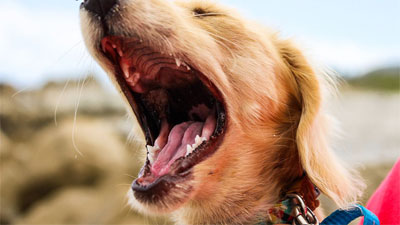 Dog BehaviorDifferent Dog Growls and What They Mean
Dog BehaviorDifferent Dog Growls and What They Mean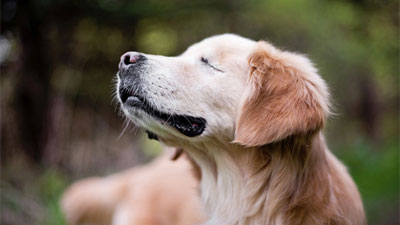 Dog BehaviorThe 6 Common Motivations Behind Dog Whining
Dog BehaviorThe 6 Common Motivations Behind Dog Whining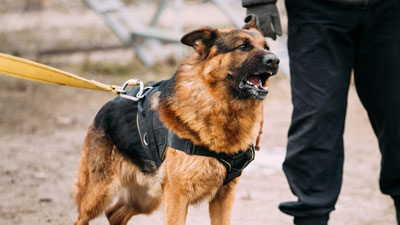 Dog BreedsThe 10 Dog Breeds with Prominent Hackles
Dog BreedsThe 10 Dog Breeds with Prominent Hackles Dog BehaviorDeciphering Dog Sleeping Positions: The Side Sleeper Pose
Dog BehaviorDeciphering Dog Sleeping Positions: The Side Sleeper Pose Dog BehaviorDeciphering Dog Sleeping Positions: The "Sphinx" Pose
Dog BehaviorDeciphering Dog Sleeping Positions: The "Sphinx" Pose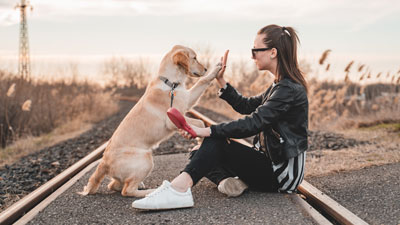 Dog Training TipsHere are the 7 Most Important Dog Commands
Dog Training TipsHere are the 7 Most Important Dog Commands